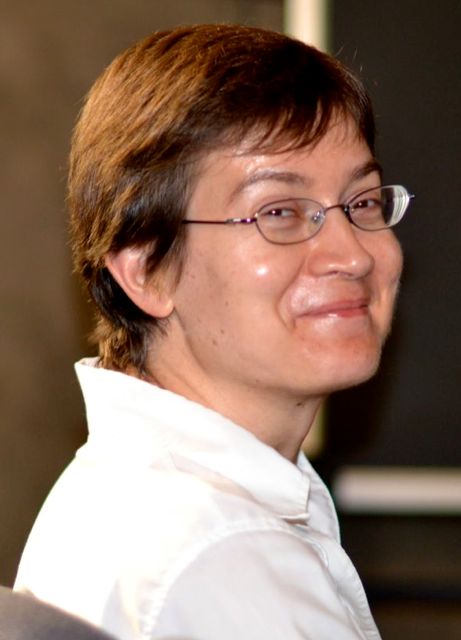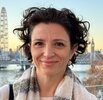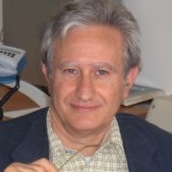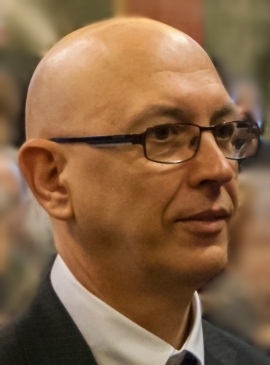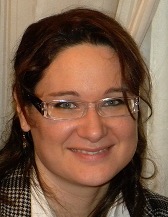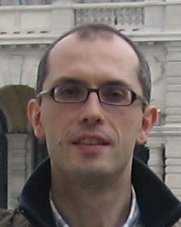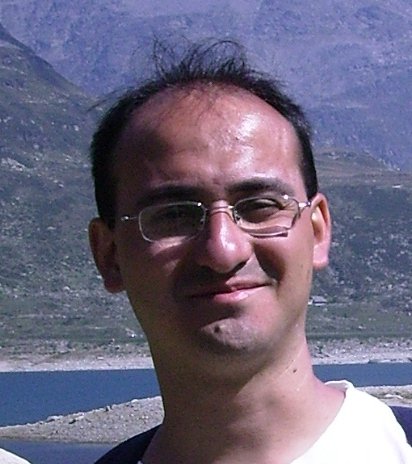Studying at the University of Verona
Here you can find information on the organisational aspects of the Programme, lecture timetables, learning activities and useful contact details for your time at the University, from enrolment to graduation.
Academic calendar
The academic calendar shows the deadlines and scheduled events that are relevant to students, teaching and technical-administrative staff of the University. Public holidays and University closures are also indicated. The academic year normally begins on 1 October each year and ends on 30 September of the following year.
Course calendar
The Academic Calendar sets out the degree programme lecture and exam timetables, as well as the relevant university closure dates..
| Period | From | To |
|---|---|---|
| I sem. | Oct 2, 2017 | Jan 31, 2018 |
| II sem. | Mar 1, 2018 | Jun 15, 2018 |
| Session | From | To |
|---|---|---|
| Sessione invernale d'esame | Feb 1, 2018 | Feb 28, 2018 |
| Sessione estiva d'esame | Jun 18, 2018 | Jul 31, 2018 |
| Sessione autunnale d'esame | Sep 3, 2018 | Sep 28, 2018 |
| Session | From | To |
|---|---|---|
| Sessione Estiva Lauree Magistrali | Jul 19, 2018 | Jul 19, 2018 |
| Sessione Autunnale Lauree Magistrali | Oct 18, 2018 | Oct 18, 2018 |
| Sessione Invernale Lauree Magistrali | Mar 21, 2019 | Mar 21, 2019 |
| Period | From | To |
|---|---|---|
| Christmas break | Dec 22, 2017 | Jan 7, 2018 |
| Easter break | Mar 30, 2018 | Apr 3, 2018 |
| Patron Saint Day | May 21, 2018 | May 21, 2018 |
| Vacanze estive | Aug 6, 2018 | Aug 19, 2018 |
Exam calendar
Exam dates and rounds are managed by the relevant Science and Engineering Teaching and Student Services Unit.
To view all the exam sessions available, please use the Exam dashboard on ESSE3.
If you forgot your login details or have problems logging in, please contact the relevant IT HelpDesk, or check the login details recovery web page.
Should you have any doubts or questions, please check the Enrollment FAQs
Academic staff
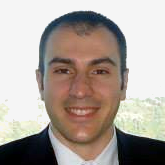
Bloisi Domenico Daniele
 domenico.bloisi@univr.it
domenico.bloisi@univr.it
 maurizio.boscaini@univr.it
maurizio.boscaini@univr.it
 federico.busato@univr.it
federico.busato@univr.it
 mila.dallapreda@univr.it
mila.dallapreda@univr.it
Study Plan
The Study Plan includes all modules, teaching and learning activities that each student will need to undertake during their time at the University.
Please select your Study Plan based on your enrollment year.
1° Year
| Modules | Credits | TAF | SSD |
|---|
2° Year activated in the A.Y. 2018/2019
| Modules | Credits | TAF | SSD |
|---|
| Modules | Credits | TAF | SSD |
|---|
| Modules | Credits | TAF | SSD |
|---|
| Modules | Credits | TAF | SSD |
|---|
2 courses to be chosen among the following
Legend | Type of training activity (TTA)
TAF (Type of Educational Activity) All courses and activities are classified into different types of educational activities, indicated by a letter.
System theory (2017/2018)
The teaching is organized as follows:
Learning outcomes
The objective of the class is to introduce the techniques
for the analysis and synthesis of discrete event systems
and of continuous dynamical systems, each with its own mathematical
apparatus.
To model discrete event systems, we introduce formalisms such as
finite automata and state machines, Petri nets, hybrid automata,
in order to describe heterogeneous and concurrent compositions
with real-time constraints, to account for cyber-physical systems
including a physical environment and cybernetical components.
To model continous dynamical systems, we study linear time-invariant (LTI)
systems and the techiques to synthesize their controllers, with special
attention to methods based on the state-based representations.
We introduce also advanced concepts such as observability, controllability,
state-estimation and control, and stability according to Lyapunov.
Program
For the syllabus, refer to the syllabuses of the two component modules (Dynamical Systems and Discrete-Event Systems).
Bibliography
| Author | Title | Publishing house | Year | ISBN | Notes |
|---|---|---|---|---|---|
| Edward A. Lee and Sanjit A. Seshia | Introduction to Embedded Systems, A Cyber-Physical Systems Approach (Edizione 2) | http://LeeSeshia.org | 2015 | ISBN 978-1-312-42740-2 | |
| Angela Di Febbraro, Alessandro Giua | Sistemi ad Eventi Discreti | MvGraw-Hill | 2002 | 88-386-0863-6 | |
| A. Giua, C. Seatzu | Analisi dei sistemi dinamici | Springer-Verlag | |||
| Dalle lezioni | Appunti dalle lezioni | 2021 | |||
| E. Fornasini, G. Marchesini | Appunti di Teoria dei sistemi | Edizioni Libreria Progetto Padova | 2011 |
Examination Methods
The student must pass the exams of both modules with a score greater than or equal to 18/30. The score of the complete course is obtained by averaging the scores of the two component modules.
Type D and Type F activities
Documents and news
-
 PIANO DIDATTICO LM-18 LM-32
(octet-stream, it, 16 KB, 21/09/18)
PIANO DIDATTICO LM-18 LM-32
(octet-stream, it, 16 KB, 21/09/18)
Modules not yet included
Career prospects
Module/Programme news
News for students
There you will find information, resources and services useful during your time at the University (Student’s exam record, your study plan on ESSE3, Distance Learning courses, university email account, office forms, administrative procedures, etc.). You can log into MyUnivr with your GIA login details: only in this way will you be able to receive notification of all the notices from your teachers and your secretariat via email and soon also via the Univr app.
Graduation
Deadlines and administrative fulfilments
For deadlines, administrative fulfilments and notices on graduation sessions, please refer to the Graduation Sessions - Science and Engineering service.
Need to activate a thesis internship
For thesis-related internships, it is not always necessary to activate an internship through the Internship Office. For further information, please consult the dedicated document, which can be found in the 'Documents' section of the Internships and work orientation - Science e Engineering service.
Final examination regulations
List of theses and work experience proposals
Attendance
As stated in the Teaching Regulations for the A.Y. 2022/2023, attendance at the course of study is not mandatory.
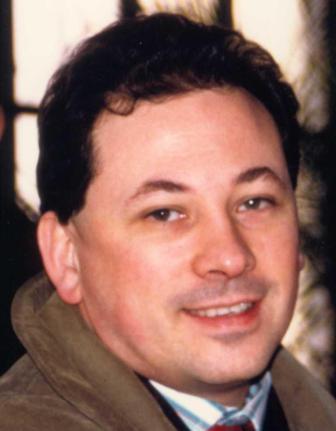
 +39 045 802 7980
+39 045 802 7980

